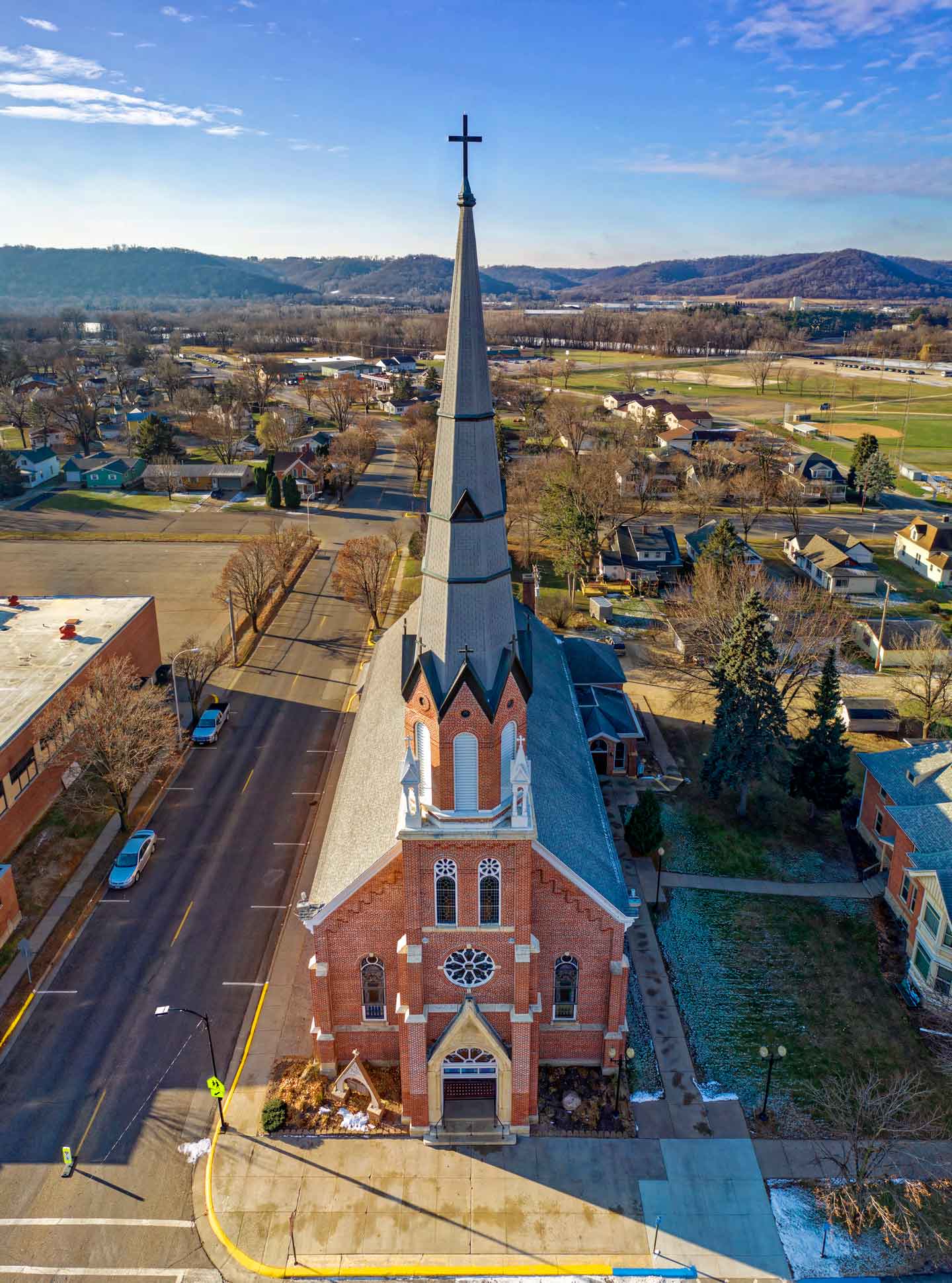
“No one should be able to out-local the local church” writes Carey Nieuwhof in the Outreach Magazine article “7 New Disruptive Trends That Will Shape the Future of the Church.” One of those disruptive trends is that smaller churches are losing ground to larger congregations. This trend has led to the closing of many small to mid-sized congregations. Nieuwhof notes, however, that smaller congregations have the significant advantage of being connected to their local communities. “Being focused on your community and the people you love and want to reach,” suggests Nieuwhof, is the hope of smaller congregations.
Here are 7 practices that will help your local church become more local:
Practice 1: Identify your parish
A local church needs an identifiable parish (i.e. a location of focused ministry). Often that parish is defined by a named neighborhood where the congregation is located or by blocks served by a local elementary school. A parish must be manageable in size and have natural connections with each other.
Practice 2: Get to know you neighbors
Going local begins by knowing your neighbors. Detailed statistical information is available through a free MissionInsite report (request a report here). Visiting with community leaders is essential including city council persons, administrators of local schools, heads of serving agencies, etc. Most important is neighbor to neighbor conversations. An outreach team should collect and assemble findings.
Practice 3: Begin a dialogue
Neighbors need to know your church is interested in a conversation. In a COVID-19 world dialogue begins with Facebook conversations focused on neighboring, simple mailings, and greetings on church signs. In the future it will again include walking the parish and creating 2-3 neighborhood events each year.
Practice 4: Be present for community events
Putting “local” in the local church demands being present when neighbors gather to celebrate, mourn, protest or serve. If a community hosts a 5K run, a church should be there with water bottles. If there is a community parade, the church should have a float. If there is protest march, the church should walk.
Practice 5: Be a servant
Neighboring is about taking up a servant’s towel. Serving begins by connecting with existing agencies that meet the needs of those living in the neighborhood. Start by going to local helping agencies and find ways to join them in their work.
Practice 6: Find some toe-holds
For mountain climbers toe-holds are small outcroppings that allow them to ascend a rock face. Ministry toe-holds are ministries that allow a congregation to connect with and serve neighbors. They may include tutoring in a local school, a day-care ministry, a food-pantry, a community picnic/play area, etc.
Practice 7: Choose Ministry with” more than “ministry to”
“With” vs. “to” is about humility and connection. Neighborhoods are filled with folk who have gifts and passions for bettering the neighborhood. “With” is about joining them in their work. “With” also means pursuing a vision for a church that reflects the socio-economic and ethnic make-up of the community.



💬 We’d love to hear from you!
What are your thoughts on this topic? How is your church or community engaging these ideas?
Share your insights below — let’s learn from each other!